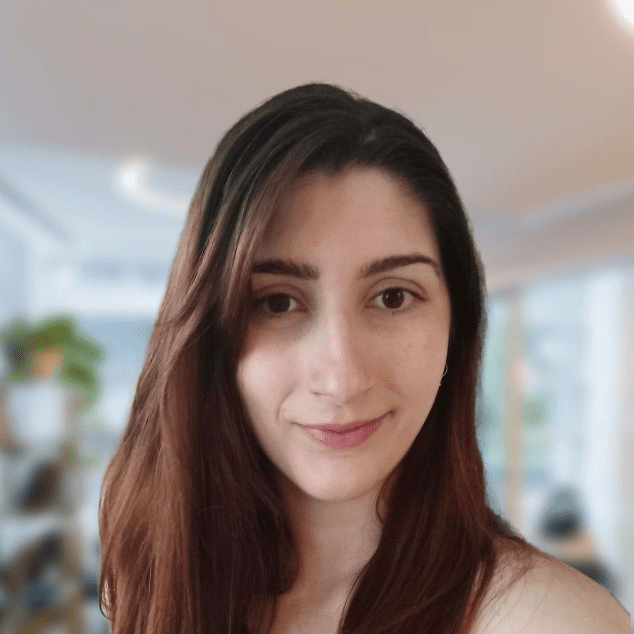If you’ve spent any amount of time wading through corporate waters, you probably know exactly what it feels like to be spoken to instead of with.
But, now that you’re climbing up the ladder, you can make sure everyone has a chance to be heard by promoting two-way communication in the workplace.
Unlike one-way communication, which tends to be linear and more formal, two-way communication is circular and more relaxed, relying on the back and forth between higher-ups and employees.
Though sending an email or a newsletter does take less time than hosting staff meetings and sifting through surveys, two-way communication is certainly the more productive type of communication, as it allows you to take advantage of your employees’ insights to improve your processes.
But, does two-way communication really make that much of a difference? Let’s see what the numbers have to say.

- Two-way communication is a circular process of communication that requires leaders to continually seek feedback from employees.
- Practicing effective two-way communication in the workplace has been shown to boost productivity, teamwork and collaboration, and employee engagement.
- According to some reports, as many as 75% of employees don’t believe that their organization will act on constructive feedback.
- Closing the loop on employee feedback requires leaders to be willing to respond to employee feedback in a way that won’t prevent them from offering it in the future.
- To improve two-way communication, leaders should consider expanding feedback channels, practicing active listening, and rewarding employees whose contributions lead to organizational improvements.
Table of Contents
Statistics on the importance of two-way communication in the workplace
Two-way communication is a type of communication that relies on:
- Building a feedback culture in which people aren’t afraid to speak up, and
- Closing employee feedback loops by actually acting on these suggestions and criticisms.
When done right, two-way communication can reduce miscommunication and make organizational communication more effective overall.
According to the most recent internal communications report from Axios HQ, both employees and leaders are all too aware of the importance of two-way communication. On the one hand:
- 79% of employees surveyed claimed that the quality of communication they get from leaders impacts their understanding of organizational goals, and
- 72% of employees said that their understanding of organizational goals impacts their engagement levels and employee morale.
That understanding simply can’t be gained through one-way communication, which prevents employees from seeking further clarity through active participation.
The report from Axios HQ also confirmed the need for building stronger feedback loops. Surveyed leaders noted that effective internal communication typically results in:
- Stronger teamwork and collaboration (according to 52% of leaders),
- Greater team productivity (48%),
- Better employee engagement (46%),
- Better alignment with culture and values (39%), and
- Increased alignment with leadership vision (36%).
So, what exactly is preventing you from practicing this kind of reciprocal effective communication at work? Let’s talk about it.
💡 PUMBLE PRO TIP
Interested in learning more workplace communication statistics? Check out our roundup of the most recent and relevant stats here:
Stop talking — connect. Try Pumble
Barriers to building a feedback culture in the workplace
According to Gallagher’s 2025 Employee Communications Report, most communicators believe that the purpose of organizational communication is to:
- Achieve strategic alignment,
- Shape culture and belonging, and
- Promote organizational agility.
However, this year’s report marks the first time that Gallagher’s survey takers also added employee listening as a priority, with as many as 31% of communicators claiming it as one of their top 3 objectives.
Unfortunately, about the same number of survey participants reported that their company doesn’t have any listening strategies — even though having one is the key factor in establishing two-way communication in the workplace.
Then again, even when companies do have listening methods in place, they can still fail to complete the employee feedback loops by responding to gathered insights.
As one survey of 750 HR leaders showed, even though:
- 95% of HR workers report maintaining or increasing their listening efforts in 2025, only
- 27% are confident that their efforts will help them achieve desired results (as opposed to 43% in 2024).
Workers themselves are likewise cynical about their employers’ willingness to act on feedback.
A total of 75% of employees believe that their organization typically doesn’t act on feedback, with:
- 25% believing that their employer never acts on feedback,
- 28% believing that their employer rarely acts on feedback, and
- 22% saying that their employer acts on feedback occasionally.
But, what’s the hold up?
Well, according to Gallagher’s survey participants, there are several potential communication barriers at play:
- 49% claimed to lack time and capacity on their team,
- 44% indicated it was a matter of change fatigue,
- 41% highlighted poor people-manager communication,
- 39% pointed to a lack of clear direction from the top, and
- 38% pointed to poor leadership communication.
Building trust by encouraging open communication and transparency should alleviate some of these concerns by creating a sense of psychological safety in the workplace.
Having said that, let’s talk about some strategies you can use to achieve those results.
How to improve two-way communication: 7 Actionable strategies for building a feedback culture
So, how can you create an internal communication strategy that makes space for employees’ voices?
Going forward, we’ll discuss 7 strategies for achieving two-way collaborative communication in the workplace:
- Creating dedicated feedback channels,
- Leading by example and actively soliciting feedback,
- Practicing active listening,
- Giving employees a seat at the table,
- Closing the loop on all feedback,
- Rewarding and recognizing contributions,
- Controlling your reactions.
So, let’s start with the most pressing issue.
Tip #1: Create dedicated feedback channels
If you want to improve two-way communication in the workplace, start by setting up some feedback channels.
According to communications consultant and author of Internal Communication in Times of Crisis, Alison Arnot, it’s always good to have several listening methods in place:

“If you want to promote two-way communication in your organization, you must give all your employees lots of different opportunities to share their thoughts on their own terms.”
With that in mind, you might want to have a multi-pronged approach to feedback collection. For example, you could:
- Set up an anonymous suggestion box online and link it in your internal documentation,
- Conduct annual stay interviews with HR and more frequent one-on-one meetings with managers, in-person or through video conferencing software,
- Create an employee feedback channel on your internal messaging app, and
- Periodically send out employee experience surveys.
While having several listening methods in place is a good idea, you should know that not all of them will collect the same quality of feedback.
Gallagher’s report confirms as much. Even though 49% of communicators use email as an employee listening method, only 25% find it a valuable source of feedback. As a tool of one-way communication, email doesn’t exactly encourage feedback.
So, what are some of the most valuable sources of employee feedback? Well:
- 79% of communicators received valuable feedback through focus groups, though only 41% actually used this method,
- 74% found value in independent audits, though only 8% used them,
- 69% found engagement surveys valuable, and 76% actively used them,
- 68% found leader sessions a useful source of employee feedback, though only 34% used them, and
- 47% found post-event forms valuable, while 53% used them.
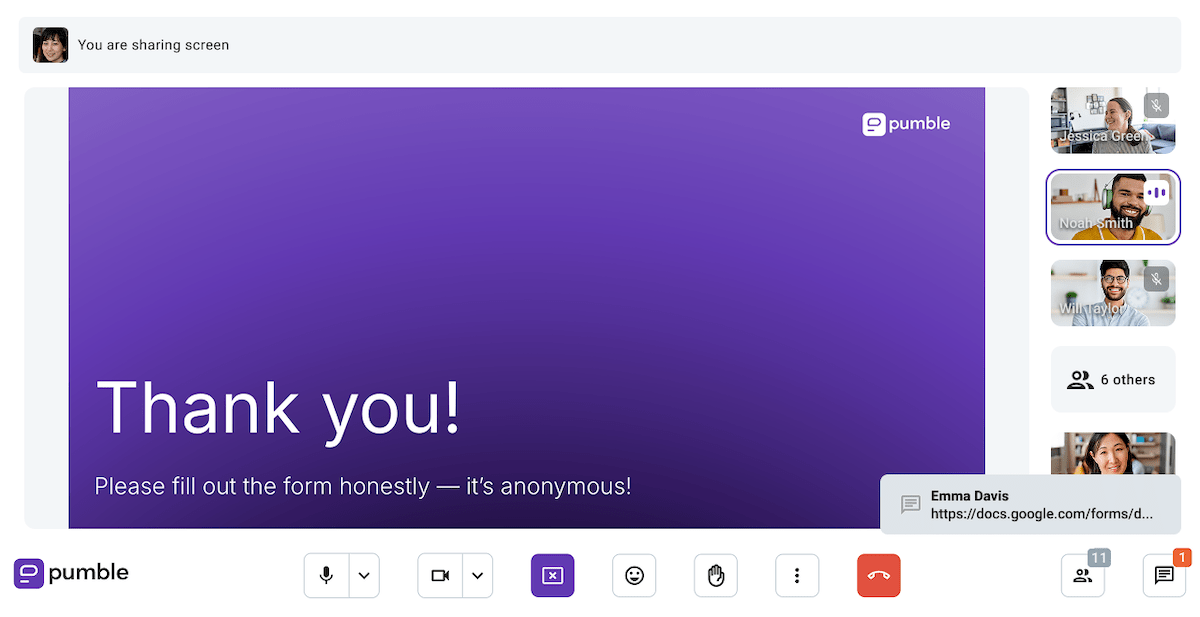
Listen and be heard with Pumble
Tip #2: Lead by example and actively solicit feedback
Many leaders can be, perhaps justifiably, hesitant to open themselves up to employee feedback. After all, who would want to subject themselves to potential criticism?
But, once you realize that employees themselves are frequently evaluated through performance reviews and even go so far as to ask their managers for feedback, you should be able to find the courage to do the same.
As the project management and leadership development expert, Yad Senapathy, explained, the two-way process of communication requires leaders who are willing to actively seek out feedback:

“Two-way internal communication within an organization starts with the willingness of a leader to hear and consider the ideas of others without judgment. When leaders make giving and receiving feedback part of daily conversations instead of a separate event, it creates an atmosphere of growth for teams.”
The Professional Certified Coach and repeat speaker at annual SHRM conferences, Maren Perry, had a similar take on the matter, advising leaders to lead by example by learning how to accept feedback:

“It’s essential for leaders to model the vulnerability it takes to accept feedback graciously, and to create a learning environment in the company. If leaders are protective and unwilling to accept or solicit feedback, they send the message that no one else should be vulnerable or interested in growth either, and that’s toxic to performance and culture.”
This should be easy enough to achieve — it can be as simple as sending a message on an internal communication software like Pumble by CAKE.com.
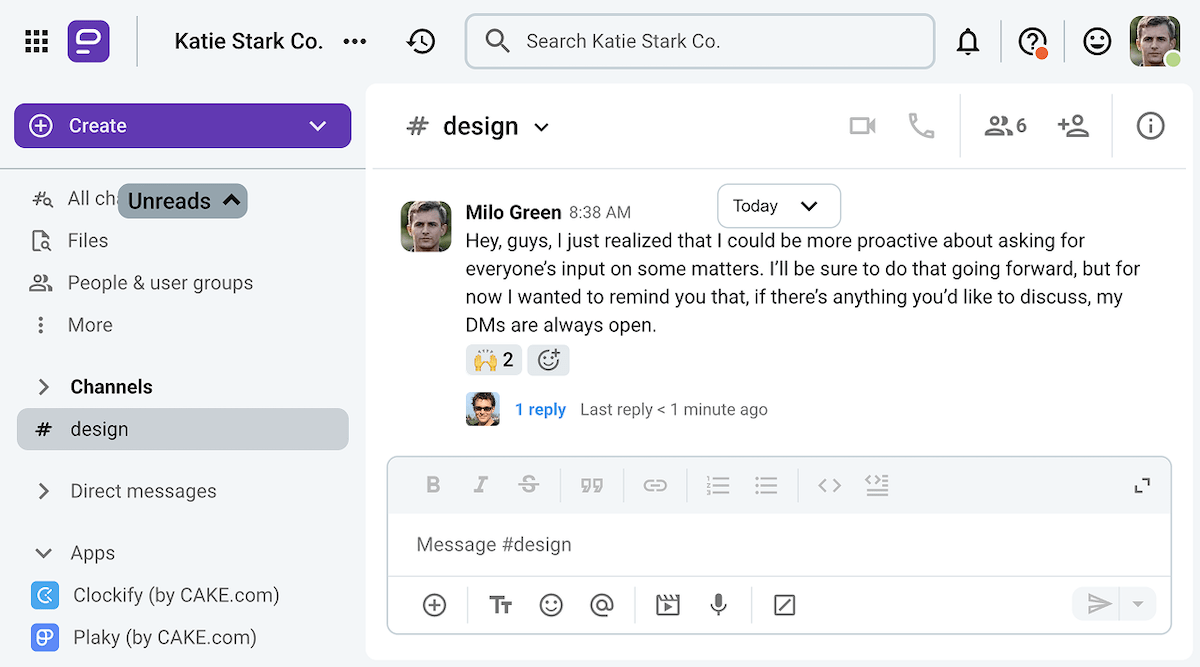
💡 PUMBLE PRO TIP
Want to know more about what an open-door policy can look like in a remote workspace? Check out this post:
Tip #3: Practice active listening
Listening is one of the most essential communication skills you could practice at work, especially if you’re looking to promote two-way communication.
As Alison Arnot told us, leaders who practice active listening can take the two-way process of communication beyond just a ‘tick box’ exercise:

“Leaders who listen well are fully present. They:
- Pay attention to what’s happening across the organization,
- Show curiosity about their colleagues’ experiences, and
- Respond respectfully to what they see and hear, even when they don’t agree with what is being said.
They’re not just taking part in a ‘tick box’ exercise, they are spotting opportunities and creating positive cultures where warning signs or potential issues can be identified, understood, and resolved before they escalate.”
You can practice active listening in a variety of communication situations at work, as long as you:
- Limit external and internal distractions, so you can focus on what the other person is saying,
- Don’t interrupt, but do provide nonverbal feedback to indicate that you are listening,
- Pay attention to your interlocutor’s nonverbal cues (in verbal communication) or subtextual hints (in written exchanges) that may reveal their mood or underlying intentions,
- Keep notes of everything you’ve discussed for future reference, and
- Circle back when you have relevant updates to share with the other person.

Tip #4: Give employees a seat at the table
One way to encourage upward communication at work would be to invite employees to participate in some of the discussions that might concern them.
If nothing else, exchanging information between higher-ups and employees can help you manage grapevine communication or informal information leaks within the company.
Besides, as Yad Senapathy told us, increasing transparency is the best way to improve two-way communication in the workplace:

“Transparency builds momentum. When information is available to employees at every level and not limited to just the management level, two-way communication grows naturally.”
Of course, there are different ways to implement this strategy, from electing an employee representative to forming an employee council.
As Carrie Stokes, CEO and president of an employee-owned architecture and engineering firm, explained, employee action committees can propose solutions for common pain points:
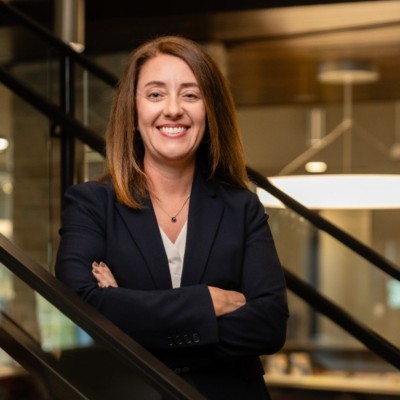
“We want to hear from our employees and make decisions that best meet their needs. We conduct annual surveys to:
- Understand what is working well,
- Find employee pain points, and
- Critically evaluate the results to influence decision making.
We pull out key themes from the results and establish employee action committees to propose recommendations. For example, we have had employee groups focused on health benefits that review our policies and make recommendations to leadership.”
According to Stokes, two-way communication is all about responding to employees’ needs — even as they change:

“We listen to our employees and make changes when needed. We understand priorities change for individuals as they do for businesses, and we want to stay connected to what’s most important to our staff.”
To that end, you could even make separate channels for employee suggestions on your employee communication app. Alternatively, you could just have everyone talk directly to members of the employee council, if they don’t feel like sharing their ideas publicly.

💡 PUMBLE PRO TIP
Improving two-way communication in the workplace will improve the quality of interpersonal communication in all directions. To learn more about that, check out these resources:
Tip #5: Close the loop on all feedback
As we have already established, being willing to ask for constructive feedback isn’t all it takes to improve two-way communication in the workplace.
In addition to creating psychological safety that allows employees to share their honest opinions, you also need to build trust by closing those employee feedback loops.
In other words, you need to provide some return information and actually use the feedback you are given to create a better work environment for your employees.
As the executive and leadership coach, Dana Zellers, explained, the most effective communicators know how to close the loop:
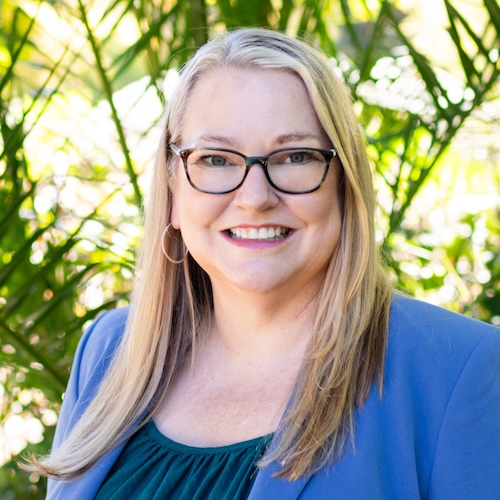
“Leaders often say they’re open to feedback, but if employees don’t see that input is acted on, they’ll stop offering it. The best communicators close the loop. They acknowledge what they heard, explain what will or won’t change, and why.”
On a practical level, that would mean focusing on improving future processes and events rather than dwelling on past mistakes — the difference between feedback and feedforward.
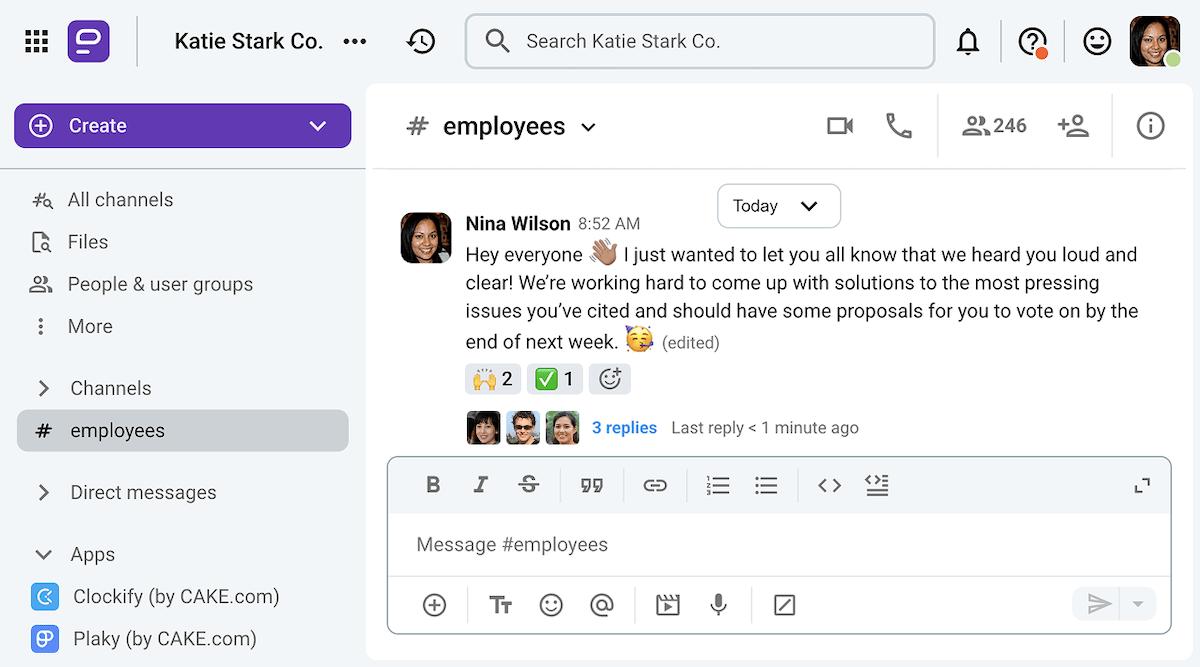
Tip #6: Reward and recognize contributions
Once you start closing those employee feedback loops and actually implementing your workers’ suggestions, you’ll see that they have some pretty good ideas, as Maren Perry told us:

“Your employees are closer to the work and to your customers — they have great ideas! If you’re not soliciting feedback from the employees, you’ll miss the next innovation or evolution of your service.”
But, if you really want to increase employee engagement, simply implementing an employee’s suggestion shouldn’t be the end of the road.
You can make sure your workers feel proud of their contributions by publicly recognizing their efforts and celebrating successes as a team.

Tip #7: Control your reactions
Whether you’re responding to a piece of negative feedback or an employee’s mistake, being able to control your reactions is a crucial part of professional communication.
That’s why you should never scold failure, as Shelby Garrison, an HR professional who’s led an Internal Communications and Culture team for over a decade, told us:
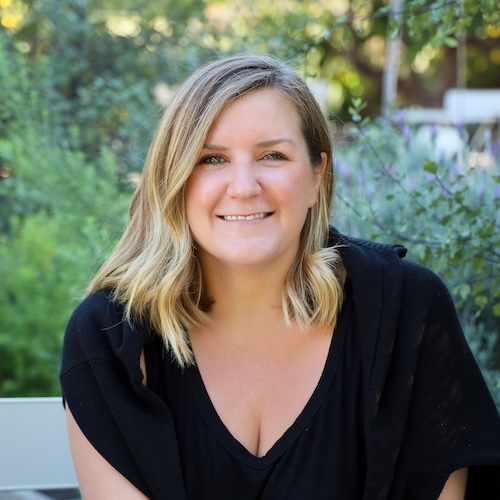
“People will mess up; that is part of the gig. But if they fear your reaction when things don’t go as expected, you’ll never be able to get the whole truth out of them as to what went down and why.”
In other words, having emotional intelligence is the key to establishing psychological safety and trust in the workplace.
If you frequently call out mistakes or shut down ideas, your employees will feel less inclined to be honest with you when you ask for their feedback, according to Dr. Christopher Croner, an industrial/organizational psychologist:
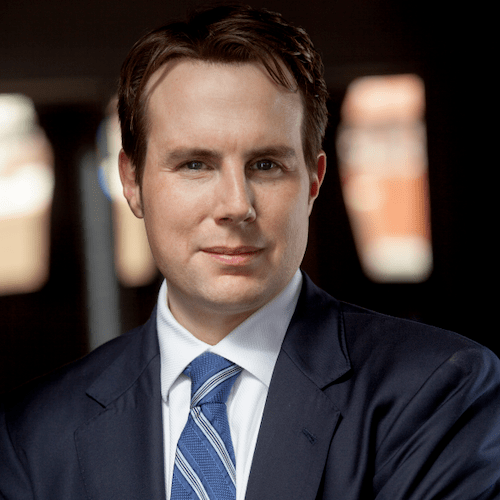
“If people don’t trust you with the small stuff (like telling you their last idea bombed), they absolutely are not going to tell you about the big stuff. Two-way communication collapses when people think honesty is unrewarding.”
And, as Dr. Croner also notes, two-way communication requires honesty:

“Two-way communication works when leadership learns to receive things they don’t want to hear.
No defensiveness. No saving face. Just listen. Acknowledge. And act on it. When someone gives you feedback, and then they see it acted upon in a week, they learn that the organization acts on these things. Feedback turns into a norm when people see things changing, not when it’s ‘heard’.”
Conversely, if you tend to overreact to negative news, your employees will just bottle up their feelings right up until the moment they hand in their resignation.
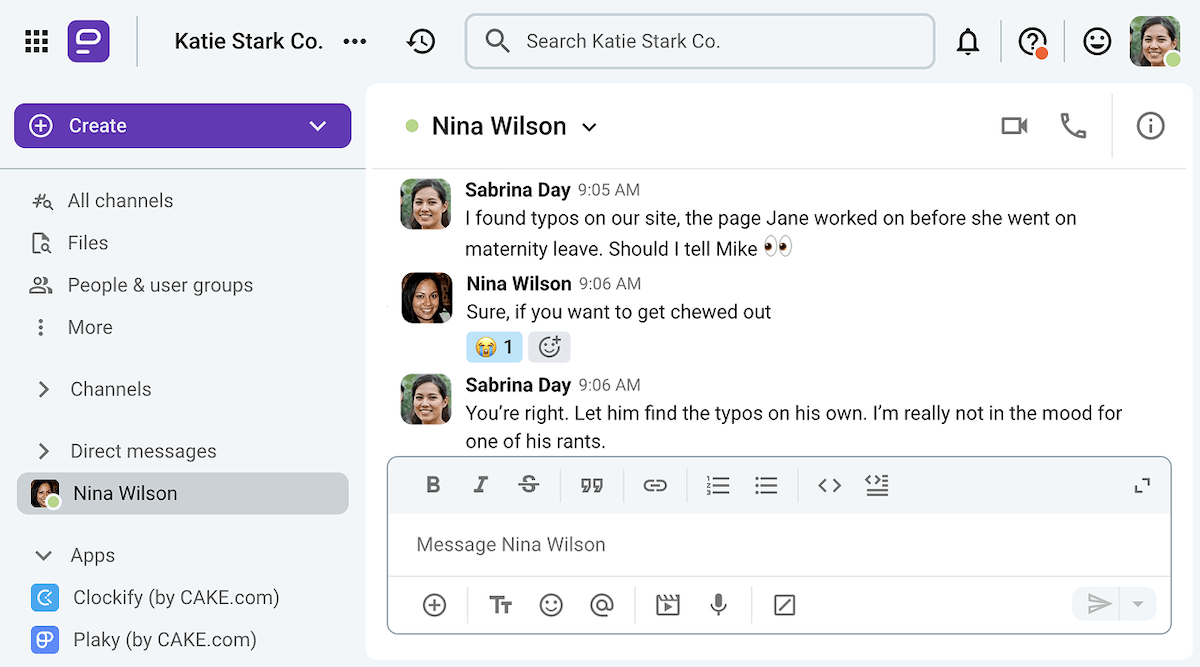
Reply on your own time with Pumble
Set up the best infrastructure for dialogue with Pumble
Encouraging two-way team communication requires an ongoing commitment to dialogue, as Alison Arnot noted:

“Promoting two-way communication is about:
- Embedding and evidencing,
- Consistent listening, and
- Dialogue in the organization.
When leaders and communication professionals commit to this, they create a culture where people feel heard, valued, and motivated to contribute their best. Ultimately, this leads to stronger relationships, better decisions, and a more positive professional environment in good times and bad.”
But, none of this can be achieved without infrastructure that supports dialogue.
Old-school communication tools like email tend to reinforce linear, one-way communication and organizational hierarchy, which can hinder any steps you might make toward building a feedback culture in your company.
On the other hand, modern team communication apps like Pumble level the playing field by giving employees a direct line of communication to their higher ups.
Pumble by CAKE.com can be used to promote two-way communication in the workplace by:
- Setting up feedback channels and closing the loop on specific suggestions with Pumble threads,
- Using its video conferencing features to host virtual town halls to discuss improvements that can be made to the company processes or employee benefits packages, and
- Using polls to quickly survey employees before making decisions that concern them.

Best of all, everything your team discusses in Pumble will be available as a reference forever, thanks to Pumble’s unlimited message history — which is also available to free users!
So, level the playing field and see where it gets you.


